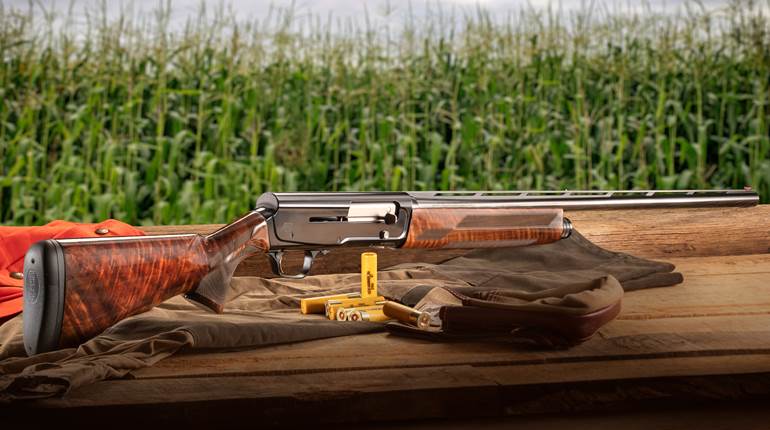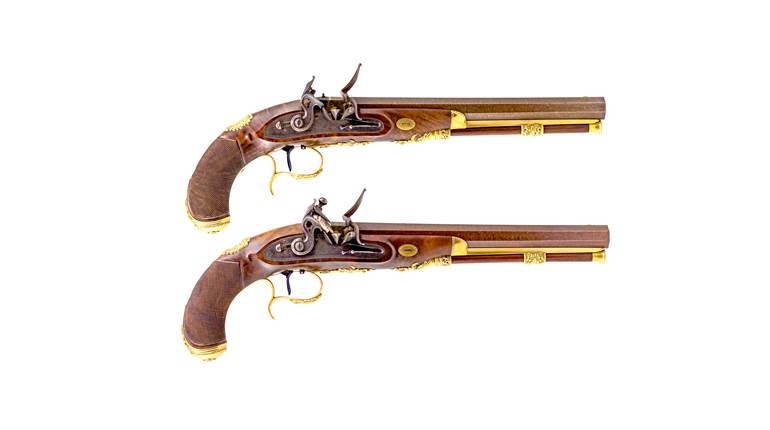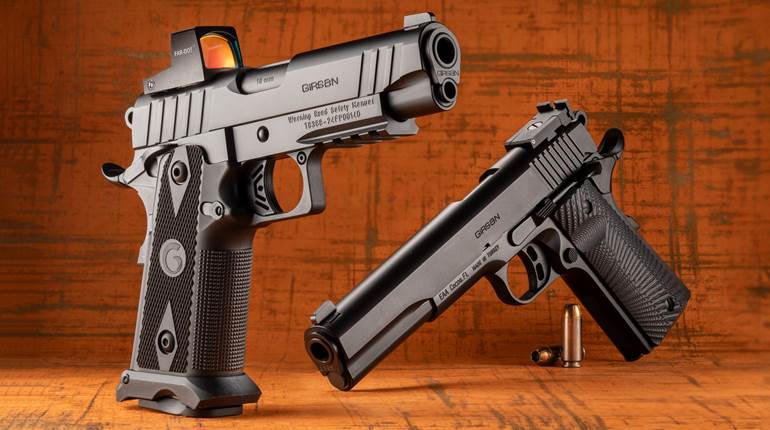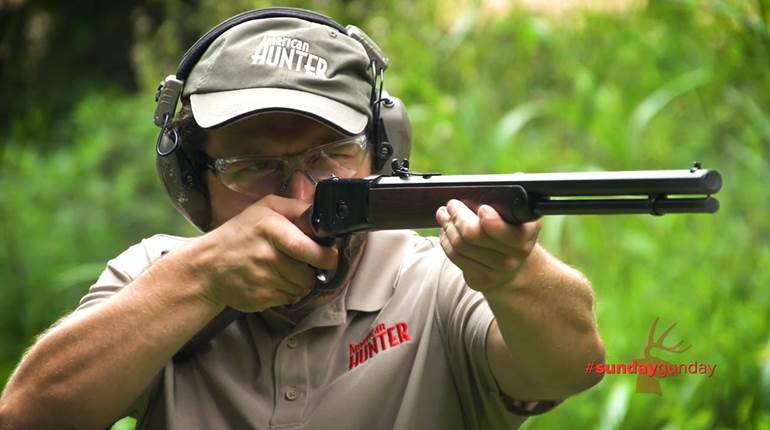
The modern Olympics, as we know them today, started in 1896, and there were shooting events at the games as early as Athens in 1906. After all, the man who put the games together, Baron Pierre de Coubertin, was himself a French pistol champion. Neither the United States nor Great Britain sent rifle teams to Athens, but that changed for the 1908 Olympic Games in London.
The British Olympic Committee invited the Americans to come and shoot against not only the British team, but the world. Then-NRA President Gen. James A. Drain initially declined, as he was afraid that NRA could not raise the money in time because of the short notice given.
That’s when C.W. Dimick, president of the United States Cartridge Co., offered, “under proper conditions,” to pay the team’s expenses out of his own pocket. Executives at three other ammunition makers—the Peters Cartridge Co., the Union Metallic Cartridge Co. and the Winchester Repeating Arms Co.—also agreed to kick in for the team. There was a public subscription, and the difference was to be covered by the ammo makers.
This led to a problem, though. Which ammunition was to be used? In front of witnesses from each company, a test was conducted by NRA using machine rests at the National Guard range at Congress Heights in Washington, D.C. In the end, a 180-grain load (in .30-’06 Sprg., of course) made by the United States Cartridge Co. proved to be the most accurate.
With the ammunition determined, Capt. K.K.V. Casey was sent to Springfield Armory to select the most accurate Model 1903 Springfield rifles with excellent barrels. Remember, there weren’t any National Match M1903s until 1921, although there were guns selected for extra attention by skilled craftsmen at the government armory. These were service rifles with iron sights.
But who would shoot for the U.S. team? Trials were held by NRA at Camp Perry—the then-new home of the National Matches—and the team was made up of Sgt. William B. Leushner, Maj. W.B. Martin, Capt. K.K.V. Casey, Maj. C.B. Winder, Capt. C.S. Benedict and Cpl. I.L. Eastman. General Drain was team captain, and Capt. Frank Evans served as his adjutant. To much fanfare, the shooters set sail on the U.S.S. St. Louis on June 20, 1908.
The American riflemen, firing from 200 to 1,000 yards, outshot the rest of the world at every distance except for 600 yards—and there they trailed by only a single point. They were shooting on the British team’s home range, Bisley Camp, and, in the end, the American team won its first gold medal. Truly a team win, the final score was 2,531 for the Americans and 2,496 for the British, with the Canadians earning the bronze. The American team outshot those from Canada, Denmark, France, Greece, Norway, Sweden and the United Kingdom, winning by a 35-point margin. As was reported by Maj. Winder, “We won the match with $16 rifles while the British marksmen used special arms that cost from $75 to $100 each.”
When the team arrived back in New York aboard the U.S.S. New York, the revenue cutter U.S.S. Mohawk fired a 35-gun salute—one gun for each point of the American win. As Gen. George Wingate—one of NRA’s founders—said, “the match was a test of rifles and ammunition as well as of men, and it had demonstrated beyond all doubt, beyond all possibility of doubt, that American riflemen, American rifles and American ammunition were the peers of the world.”
It wasn’t just the riflemen that came home with medals. Although Casey narrowly lost to British shooting great Col. Joshua Millner, who shot a 98 at 1,000 yards while firing a long-barreled Mannlicher match rifle with a telescopic sight, Casey’s 93 earned him a silver medal—won with an ’03 Springfield and iron sights. Harry Simon notched a silver in 300-meter three-position, too. Legendary shooter Walter Winans won gold in double-shot running deer, the pistol team won gold and James Gorman notched an individual pistol bronze. That’s a total of six medals.
Coincidentally, Team USA shooters also earned six medals in Tokyo this year—three gold, two silver and one bronze —a feat American shooters had accomplished in 1964 and in 1984, as well as in 1908.
—Mark A. Keefe, IV, Editorial Director




































